


Smuge
gamer level 6
8433 xp
8433 xp
followers
27
27
Use my invite URL to register (this will give me kudos)
https://boardgaming.com/register/?invited_by=smuge
profile badges




recent achievements

Professional Grader
Grade 200 more reviews or tips by clicking "Yes" or "No" in response to the question "Was this helpful?"
Grade 200 more reviews or tips by clicking "Yes" or "No" in response to the question "Was this helpful?"

Watcher
Follow a total of 20 other gamers.
Follow a total of 20 other gamers.

Inspector
Follow a total of 30 games
Follow a total of 30 games

Junior Reporter
Earn Reporter XP to level up by completing Reporter Quests!
Earn Reporter XP to level up by completing Reporter Quests!
Player Stats
Critic (lvl 2)
650 xp
650 xp
Explorer (lvl 4)
1910 xp
1910 xp
Professor (lvl 2)
466 xp
466 xp
Reporter (lvl 3)
1215 xp
1215 xp
About Me
Grew up playing card games with the family. I have always been a gamer. As a kid we had Acquire, Go, and Chess, along with games my dad created. I wasn't allowed to play D&D so I role played Top Secret (better, right?). Now my family plays deckbuilders, worker placements, and whatever else we can get our hands on.
My family has really got into gaming - my 16 year old and wife will play a game of Dominion every day (it is my wife's favorite). More recently that has become Marvel Dicemasters and Star Realms.
My family has really got into gaming - my 16 year old and wife will play a game of Dominion every day (it is my wife's favorite). More recently that has become Marvel Dicemasters and Star Realms.



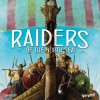
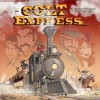






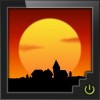
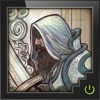
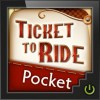
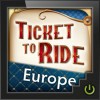








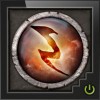
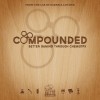

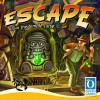








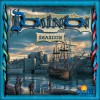


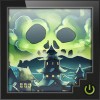
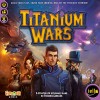
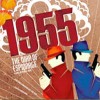

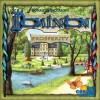





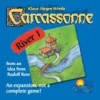







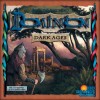
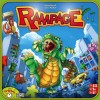

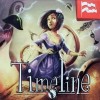





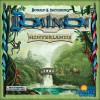



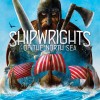


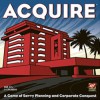




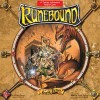

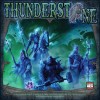
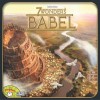







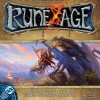


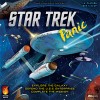



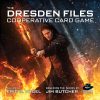





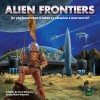




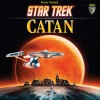





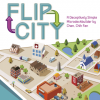







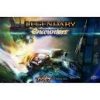

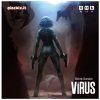

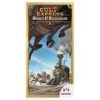

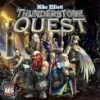



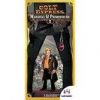
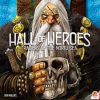



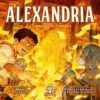
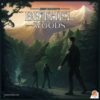










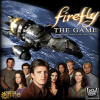







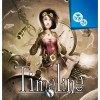


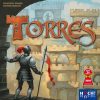



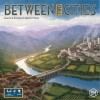
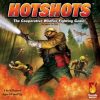


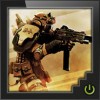





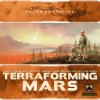


Virus
Your team has found the entrance to the corporation’s hive medical facility where the virus was released. Your job is to find the antidote and escape while fighting off mutated creatures that can see, smell, and hear you. You can erect barricades, breach walls, and RUN!
How it works
This exploration game is divided between real-time and slow-time phases. You plan, make purchases, and prepare during the slow-time mode and then execute your plan in the real-time mode. You layout tiles from a selection of tiles you have in front of you. You have more tiles in front of you if you have increased your knowledge in some way. You can forfeit tiles to save yourself in different ways.
You drop action cubes as you go as you explore, move, and search. This makes noise that the creatures will be attracted to. You do combat in real-time. As you go, you pick up clues about where the cure may be located. These clues are general rules, such as North or 10 spaces away from the entrance. Get to the room where all the clues are true, and that is where the antidote is. Get to the exit control rooms to open the exit doors, and then get to the exit before the creatures get you.
What is interesting
• Combat – cube rolling
It is a system where you roll cubes onto your player mat and see how many cubes are touching squares on the grid. Each cube is a bullet. The more bullets you shoot, the more likely you will hit. You can also purchase other “cubes” that will have different effects if they also “hit”.
• Slow-time – purchasing
Each slow-time, you will purchase more bullets, adrenaline, bombs, etc. You can just get more bullets, but there is an interesting mix of other things to buy.
• Creatures AI
Players select what creatures to put out. You can put out ones that are faster but weaker. You can decide you can afford to put out a stronger creature that moves slower.
• Bosses
Boss creatures come out- just like in the movies/video games
• Player infection
As players get wounded, there is a chance that they get infected and become creatures hunting the other players. This is an optional mode, but very thematic.
• Modes of play
There are various modes of play you can choose from. It is a basic cooperative game, but it can be changed into semi-cooperative and competitive. You can also remove the timed element of the game if that bothers you although I like it. Rolling cubes is more interesting when it is done in real-time. It is a good option when first starting the game- perhaps removing the real-time for just the first round.